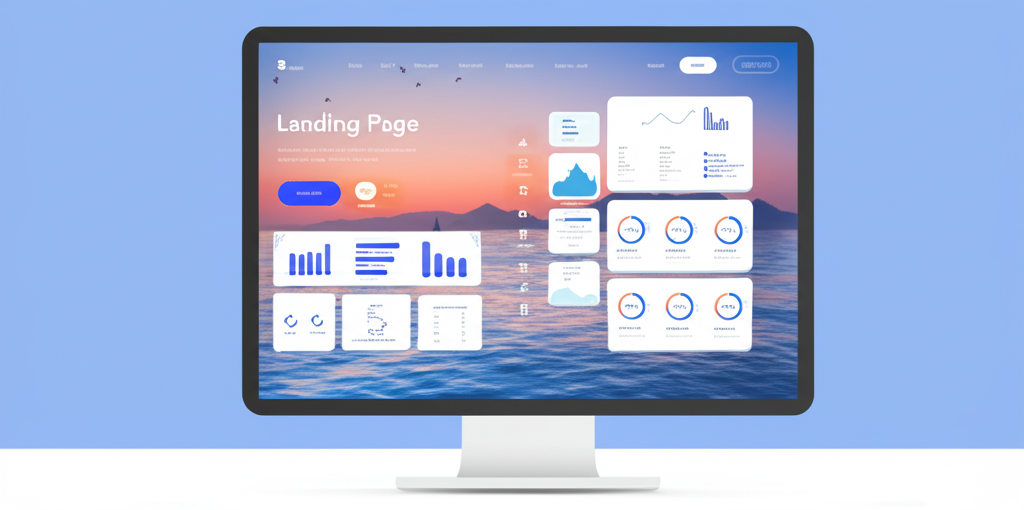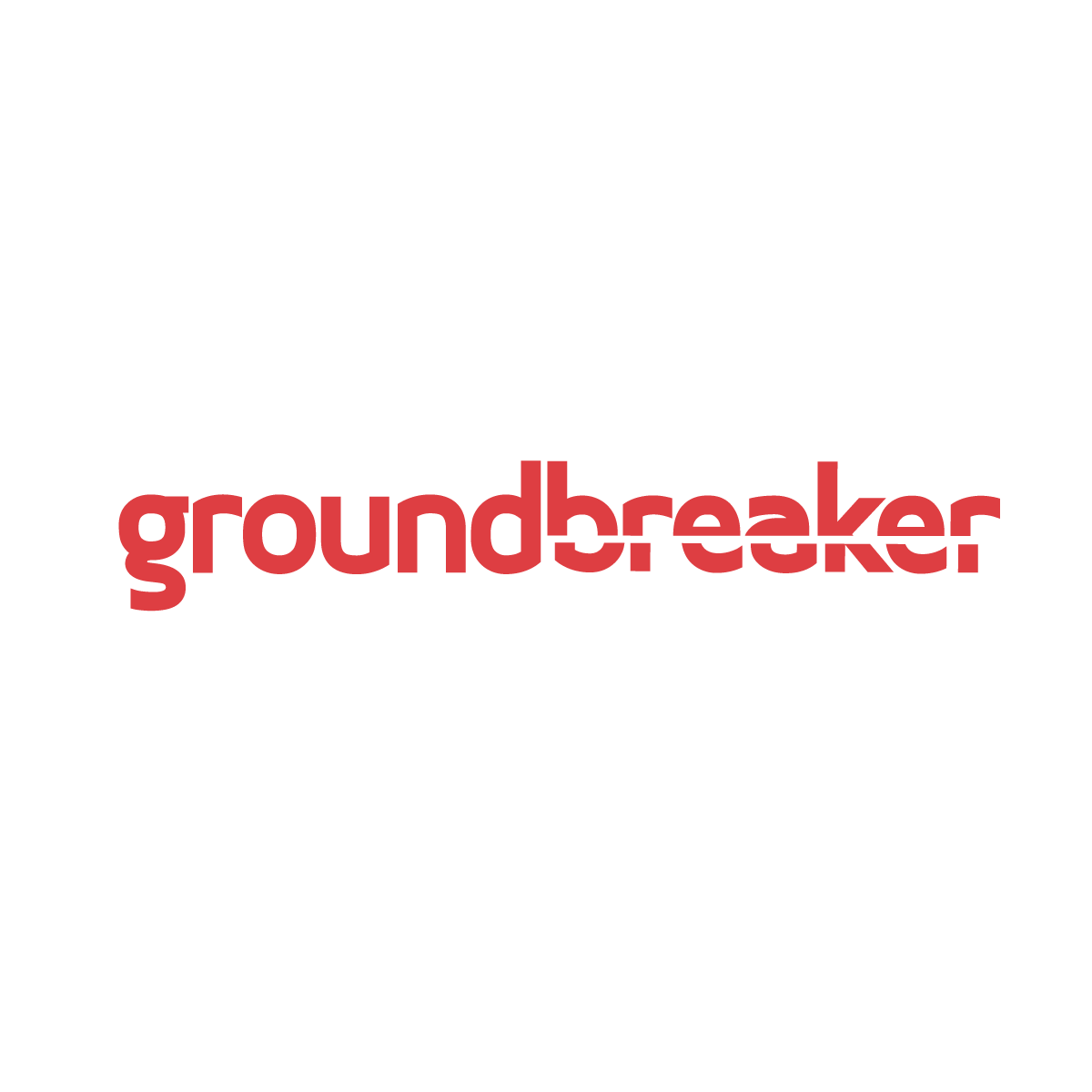Crafting High-Converting Landing Pages: Your Blueprint for Digital Success
By Emily White on December 1, 2023 • Category: Web Design

Crafting High-Converting Landing Pages: Your Blueprint for Digital Success
In the vast digital landscape, a high-converting landing page is your most powerful tool for turning visitors into valuable leads or customers. Unlike a typical website page, a landing page has one singular goal: to drive a specific action. Whether it's signing up for a newsletter, downloading an e-book, or making a purchase, its effectiveness hinges on its ability to persuade. This comprehensive guide will unveil the secrets to designing landing pages that don't just look good, but perform exceptionally.
What Makes a Landing Page "High-Converting"?
A high-converting landing page is meticulously designed to minimize distractions and guide the user towards a single call to action (CTA). It's not about showcasing your entire business; it's about focusing on a specific offer and making it irresistible. Key elements include a clear value proposition, compelling headline, concise copy, strong call to action, trust elements, and minimal distractions.
The goal is to create a seamless, persuasive journey that leads directly to conversion. Studies show that businesses with 10-15 landing pages see a 55% increase in leads compared to those with fewer than 10 pages. This demonstrates the power of targeted, purpose-built landing pages.
Essential Elements of a High-Converting Landing Page
Let's break down the critical components that contribute to a landing page's success:
1. The Irresistible Headline
Your headline is the first thing visitors see and often determines whether they stay or leave. It must be clear, concise, and immediately communicate the primary benefit or solution your offer provides. Use strong action verbs and highlight the unique selling proposition. A compelling headline sets the stage for a successful conversion-focused page.
Research shows that you have approximately 8 seconds to capture a visitor's attention. Your headline should answer the visitor's question: "What's in it for me?" Make it specific, benefit-focused, and avoid jargon or clever wordplay that might confuse your audience.
2. Engaging Visuals
High-quality images or videos that are relevant to your offer can significantly boost engagement. Visuals should support your message, evoke emotion, and help visitors quickly understand what you're offering. Avoid generic stock photos; opt for authentic, professional visuals that resonate with your target audience.
Consider using hero images that show your product in action, customer testimonial videos, or infographics that explain complex concepts. Visual elements should complement, not compete with, your primary message and CTA.
3. Persuasive Body Copy (Benefits-Oriented)
The body copy should elaborate on the benefits of your offer, not just its features. Address your audience's pain points and explain how your solution solves them. Use bullet points for readability, break up long paragraphs, and maintain a clear, benefit-driven narrative. Focus on "what's in it for them" to drive interest and action. This is crucial for landing page optimization.
Write in a conversational tone that speaks directly to your target audience. Use "you" and "your" to make it personal. Address objections before they arise and provide clear, compelling reasons why visitors should take action now rather than later.
4. The Clear Call to Action (CTA)
Your CTA button is the most important element on the page. It should be visually prominent, use action-oriented language (e.g., "Get Your Free E-book," "Start Your Free Trial," "Claim Your Discount"), and stand out from the rest of the page. Ensure there's only one primary CTA to avoid confusion and maximize focus on the desired action.
The CTA should create urgency and clearly communicate what happens next. Use contrasting colors to make it stand out, and consider placing multiple instances of the same CTA throughout longer pages. Test different CTA text, colors, and placements to optimize performance.
5. Trust and Social Proof
Visitors are more likely to convert if they trust your brand. Incorporate trust elements such as testimonials from real customers, detailed case studies, security badges for e-commerce or data collection forms, client logos if you've worked with recognizable brands, and awards or certifications that demonstrate industry recognition.
Social proof builds credibility and reduces perceived risk, leading to higher conversion rates. Include specific numbers and results in testimonials when possible, such as "increased sales by 150%" or "saved 10 hours per week."
6. Mobile Responsiveness and Speed
A significant portion of web traffic comes from mobile devices. Your landing page must be fully responsive, adapting seamlessly to different screen sizes. Page load speed is also critical; slow-loading pages lead to high bounce rates. Optimize images, leverage browser caching, and minimize code to ensure your page loads quickly on all devices.
Google's research shows that 53% of mobile users abandon sites that take longer than 3 seconds to load. Ensure your landing page loads in under 2 seconds for optimal performance. Test your page on various devices and connection speeds.
7. Minimal Distractions
Unlike a full website, a landing page should remove all unnecessary navigation elements (like header menus, footers with multiple links, and sidebars). Every element on the page should serve the single goal of conversion. Keep the design clean and focused to guide the user's eye directly to the CTA.
Optimizing for Conversions: A/B Testing and Analytics
Creating a high-converting landing page is an ongoing process of testing and refinement. Implement A/B testing to experiment with different headlines, CTAs, images, copy variations, and even page layouts. Small changes can lead to significant improvements in conversion rates.
Use tools like Google Analytics to track key metrics such as bounce rate, time on page, and conversion rate. Understand where users are dropping off and what elements are performing well. Consider heatmaps and session recordings using tools like Hotjar to provide visual insights into how users interact with your page.
Continuous optimization based on data is the key to sustained success. Test one element at a time to clearly identify what drives improvements. Common elements to test include headlines, CTA button text and color, form fields, images, and page layout.
Common Landing Page Mistakes to Avoid
Avoid these common pitfalls: too many CTAs or options, weak or unclear headlines, focusing on features instead of benefits, poor mobile experience, slow loading times, lack of social proof, and complex or lengthy forms. Each of these issues can significantly impact your conversion rates.
Advanced Landing Page Strategies
Consider implementing advanced strategies like dynamic content personalization based on traffic source, exit-intent popups to capture leaving visitors, progressive profiling to gather information gradually, and retargeting campaigns for non-converters. These tactics can help squeeze additional conversions from your traffic.
Conclusion
Crafting high-converting landing pages is an art and a science. By focusing on a clear value proposition, compelling visuals, persuasive copy, a strong CTA, and building trust, you can create pages that effectively capture leads and drive sales. Remember that optimization is an ongoing journey. By continuously testing and analyzing your results, you'll refine your approach and unlock the full potential of your digital marketing efforts. Start building your blueprint for success today!
